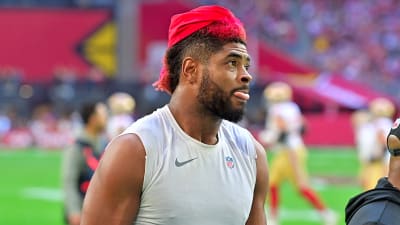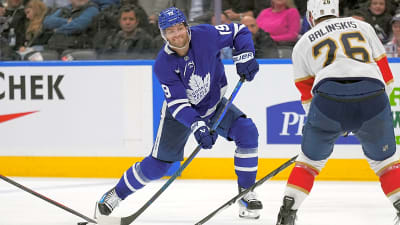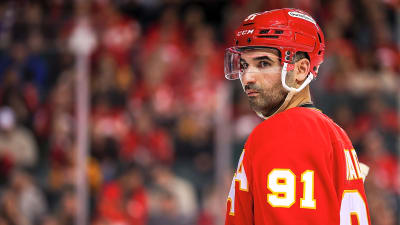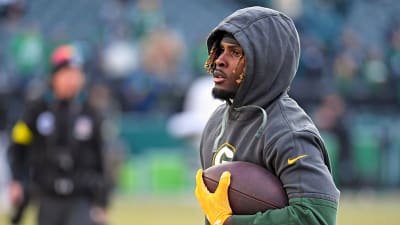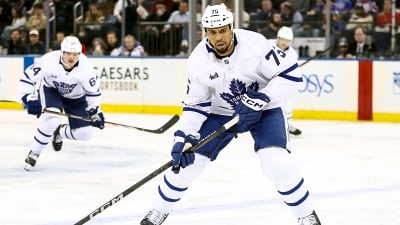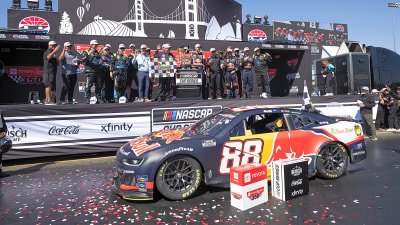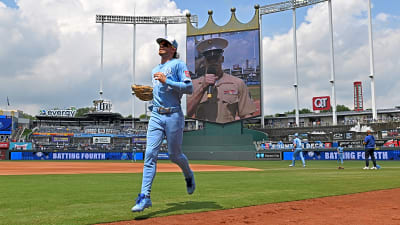
This past weekend in Austria, darts history was made — for all the wrong reasons. Joe Cullen and Thibault Tricole played out the longest leg ever on the European Tour, needing a staggering 79 darts and 27 visits to finally close it out.
Most of the leg was spent in the dreaded “madhouse,” as both players struggled to finish on double one. As the leg dragged on, disbelief spread through both the crowd and the players.
While such scenes are almost unheard of at PDC Pro Tour level, this leg served as a brutal reminder of just how tricky double one can be — even for seasoned pros like Cullen and Tricole.
In professional darts, the best players do everything they can to avoid finishing on two. The stats back that up: since 2017, across more than 350,000 recorded double attempts in PDC matches, double one has been targeted only 4,094 times — just over 1%.
Remarkably, 0.6% of all those double one attempts came in that single leg between Cullen and Tricole.
Of those 4,094 tries, just 1,463 hit the mark — a success rate of 35.7%. Only the bullseye and a few obscure doubles (like double three, five, and nineteen) see worse returns.
Double one is infamous because a miss on the inside leaves you on one — forcing a reset. To avoid busting, players often aim wide on purpose, which ironically makes hitting the double even harder.
For most top players, time spent on double one is a sign things have already gone wrong. Unsurprisingly, many steer clear of it. Before Austria, Cullen had attempted double one only once in every 90 double shots — slightly below the PDC average. Damon Heta is even more extreme: just 33 attempts in six years, roughly once every 175 doubles. His strategy is simple — avoid it altogether.
There are exceptions. Michael van Gerwen ends up in the madhouse more than most, but boasts the highest success rate on double one — landing 45.5% of attempts and missing fewer than one in five. Gary Anderson is next best at 44.2%.
Interestingly, being good on double one doesn’t predict success on other tricky doubles, like double five. A player’s overall doubling stats — built on popular finishes like double 20 and double 16 — are a much better indicator of their all-round checkout ability.
It’s hard to imagine players dedicating much practice time to double one. The situation crops up in only around 1% of legs — perhaps a dozen times a year. Practising doubles like two, three, four, and five is far more useful. It sharpens finishing and helps avoid the madhouse altogether.
Notably, age has little impact on double one accuracy. Veterans like James Wade, Peter Wright, Jonny Clayton, Mensur Suljovic, and Ian White all score above average here.
At the other end, Mike De Decker has landed just five of 25 attempts. Yet even he finds himself on double one less often than Kevin Doets — who has the highest tendency to end up there, converting only 27.6% of his shots.
The bottom line? If you want better stats on double one, the best plan is never to need it. As with any bad situation — prevention is far better than cure.
In his latest column, PDC Stats Analyst @ochepedia evaluates which players are most proficient at hitting the dreaded double one...
— PDC Darts (@OfficialPDC) May 1, 2025
https://t.co/4jdrRv9oFK pic.twitter.com/qLV8v7UJ4j
More must-reads:
- Chiefs sign star offensive lineman to $94 million deal
- Mavericks center Dereck Lively II reportedly undergoes foot surgery
- The 'No. 1 overall MLB Draft picks' quiz
Breaking News
Trending News
Customize Your Newsletter
 +
+
Get the latest news and rumors, customized to your favorite sports and teams. Emailed daily. Always free!
